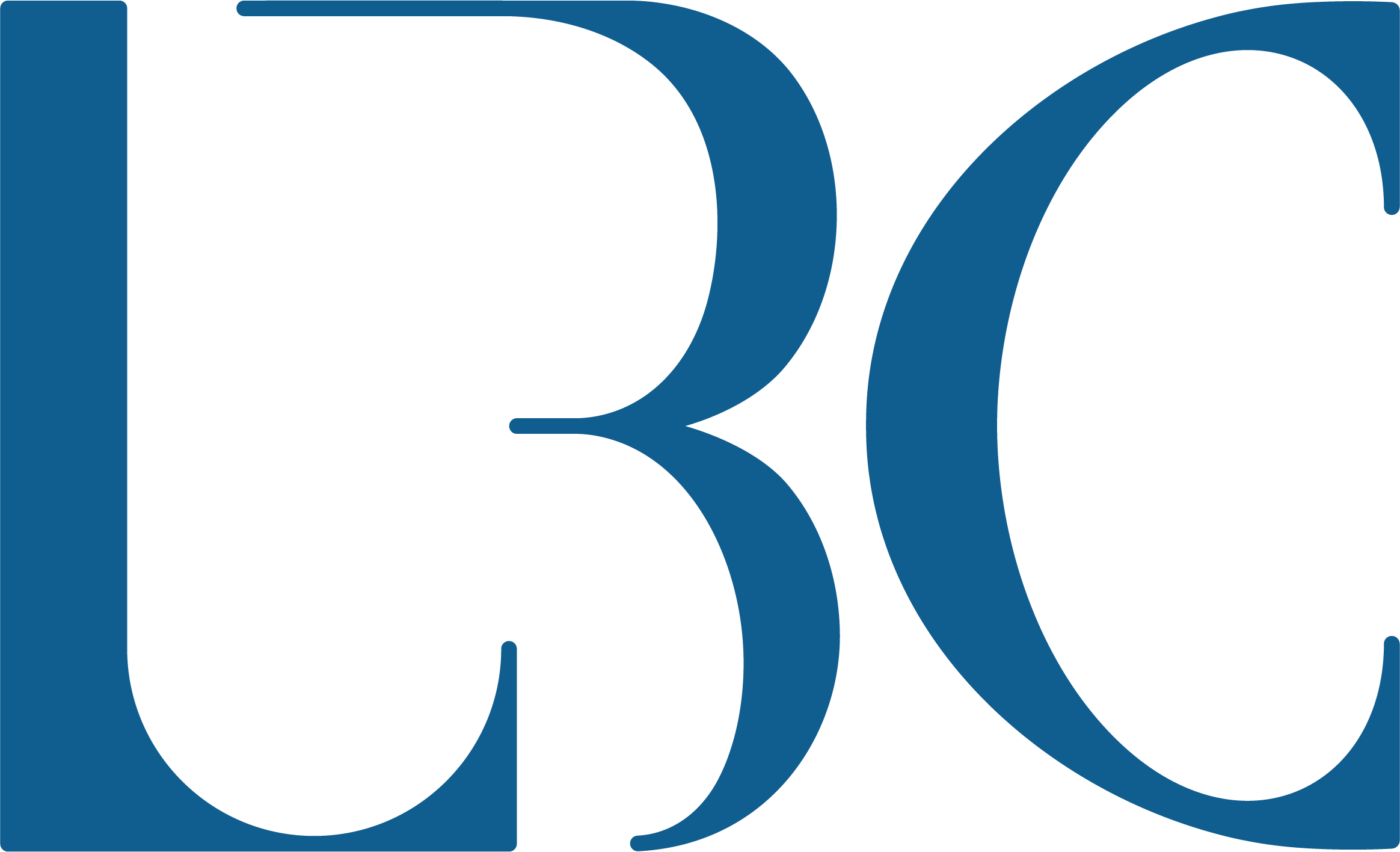
From digital payment forms to speedy renovations, efficiency is on everybody’s mind when it comes to a university campus. Universities like CSU Northridge and UC Irvine have implemented a digital version of student identification.
Digital wallets have become a place to store identification, as well as separate apps to allow students’ identification cards to become accessible by cutting back. This creates efficiency when registering for events or printing at the library.
CSUN’s MataCard gets rid of the need to have a physical ID at hand.
“The digital ID card is your passport to a world of services and privileges on campus. You can also add money to your account and use your MataCard like a debit card for select purchases on campus,” the CSUN MataCard website says.
UC Irvine’s ZotKey, allows their students to zip around campus with ease.
“ZotKey is a smart access ID developed by UC Irvine that provides secure and convenient access to various campus services. From event and shuttle access to meal plans or bookstore purchases, the UCI ZotKey ID will unlock your full potential,” UC Irvine’s ZotKey page says.
With CSUN’s recent implementation of this technology and its potential to boost efficiency on campus, why has Long Beach State not integrated this technology?
With many upgrades and renovations coming to CSULB, this new way of carrying around information digitally should have been included in their plans.
CSULB is a mostly cashless campus so digital wallets are not unfamiliar to the students.
Cards are accessed via digital wallets and smart watches all the time, so adding Beach ID cards to that list would improve the way we check in for on-campus events and events that require students to take out their wallets.
This new way of identifying yourself can even increase campus security and safety as well by becoming a way to keep students’ personal information safe, accessible to only the students it belongs to.
Biochemistry major Amarany Quintana believes that this is the direction CSULB will go in the coming semesters.
“It probably is easier to just scan [your card] than sometimes carrying the physical card, so I can see it as something more convenient,” Quintana said. “It is positive because of convenience, but it can also be negative because if students need to have access to [the digital ID card] and the server is down, it could become a problem.”
The digital form does not necessarily need to replace the physical card; having both forms of ID would be versatile.
A digital ID would most help make CSULB become a more efficient campus and help students in their day-to-day lives.















